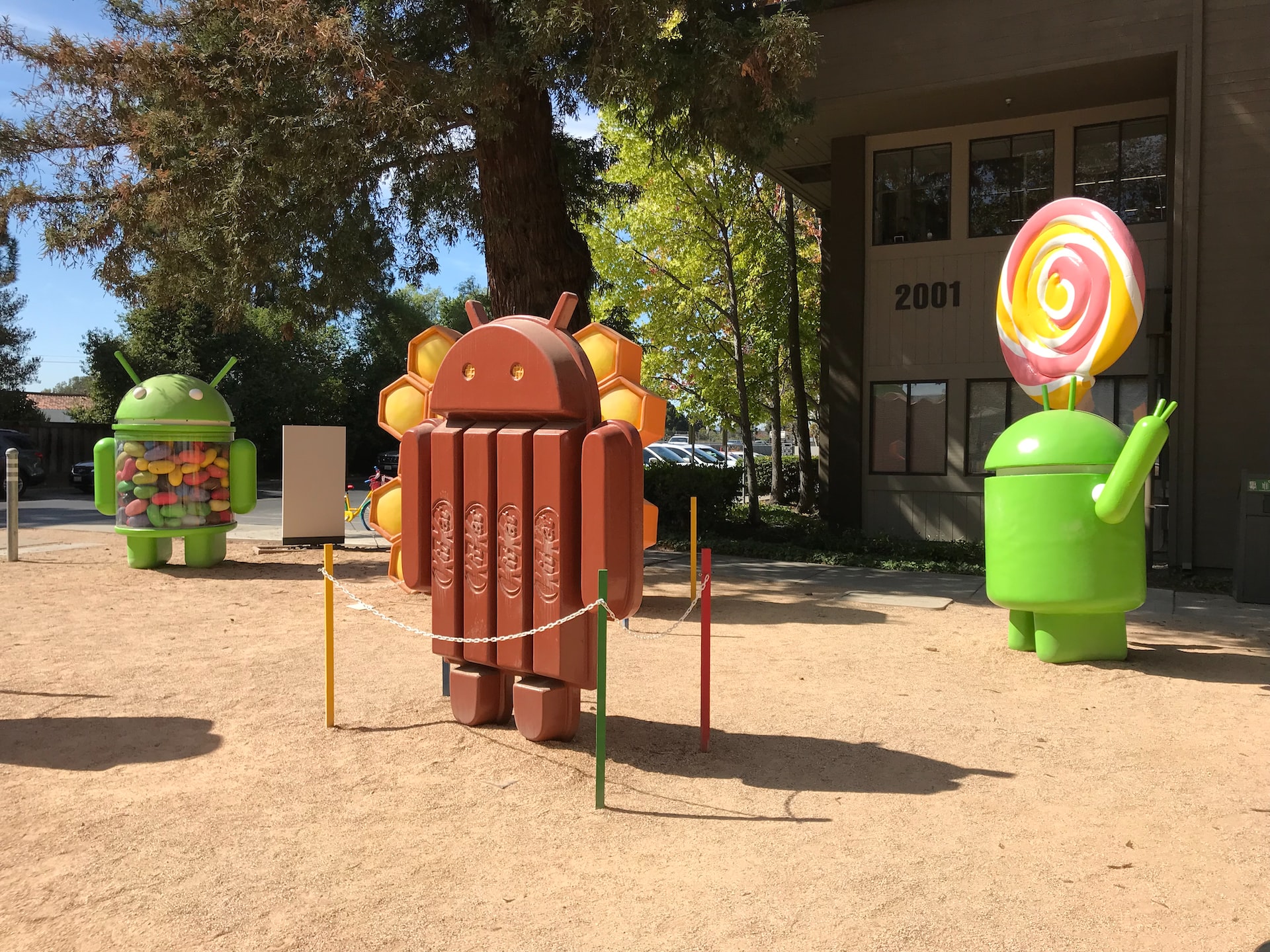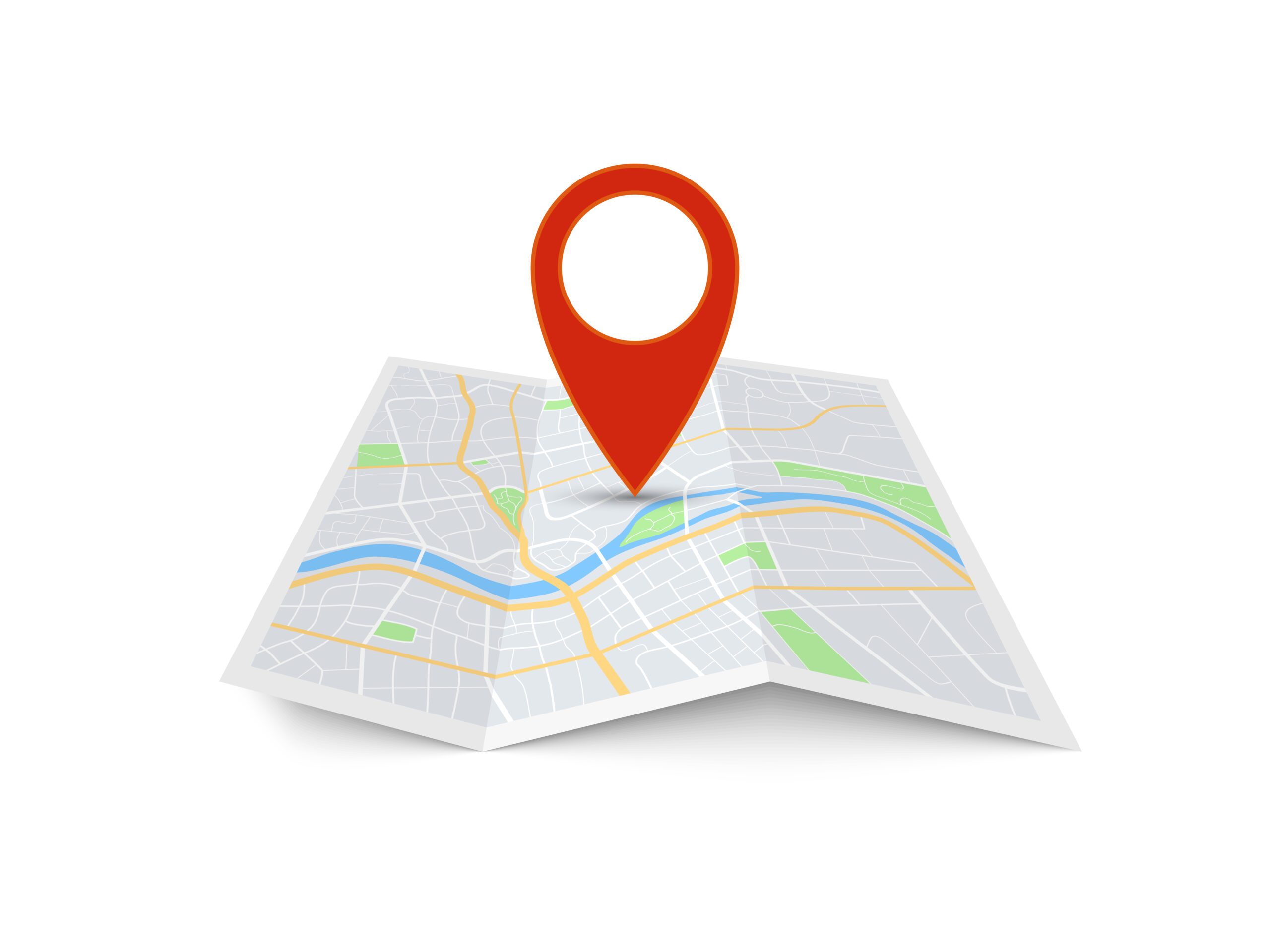Android is a Linux-based mobile operating system designed by Google and its partners that powers touchscreen phones and tablets. Open source and customizable features make this OS popular with consumers worldwide.
Samsung, Motorola, HTC, Sony and OnePlus all produce Android smartphones that run Google’s operating system; Google also produces its own Pixel devices.
Google employees provide the core experience on Android, but most manufacturers customize it with their own “skins,” meaning two phones from different manufacturers may function similarly but look different. That is why a Samsung and OnePlus phone could appear almost identical but still vary visually.
It’s an operating system
Android is the dominant operating system used by smartphones around the world, developed and owned by Google and licensed as open source – unlike Apple iOS or Microsoft Windows, which are proprietary systems. Anyone can use Android, but Google makes the most money through incorporating its own software (for instance Play Store, Gmail and YouTube come preinstalled on most phones) into it.
Android’s core is built around the Linux kernel, surrounded by an API for developers to build apps and services for it. This API sets Android apart from other mobile OS platforms like iOS and Windows; making Android more flexible and customizable than its competitors such as iOS or Windows. Android’s architecture comprises four layers – Android application layer, hardware abstraction layer and Linux kernel itself are the three layers it operates from; its app layer runs atop Linux with Dalvik Virtual Machine running apps created within it.
Most people associate Android as a phone operating system, but it can also be found on tablets and smartwatches. While manufacturers add custom software overlays overtop the Android base – for instance if you own a Samsung Galaxy phone running this OS it would still rely on its foundation; but for instance if Samsung One UI has been added as part of this OS overlay.
Initial versions of Android were intended for use on touchscreen devices like cell phones and tablets. Its user interface relies on gestures such as pinching and swiping to perform actions; additionally, haptic feedback may provide notifications about actions which need to be completed.
Android was initially developed by Android Inc in Palo Alto before being acquired by Google in 2005. Google then formed the Open Handset Alliance consortium of technology and telecom companies such as Intel, NVIDIA, HTC, Motorola, LG Electronics Samsung Sprint Nextel Corporation Texas Instruments as well as T-Mobile Deutschland in 2007.
Free
Android, developed by Google (GOOGL), is a free mobile operating system designed for touchscreen devices like phones and tablets, featuring an intuitive user interface which enables them to be operated by swiping, pinching pinching tapping and dragging gestures. Android also supports physical keyboards and trackballs but its primary use case is with touch screens.
Android software is freely available and can be modified by anyone without incurring a license fee; unlike proprietary programs that require payments before modifications can be redistributed. Android’s open source philosophy has made it the go-to mobile operating system, while its flexibility enables phone manufacturers to tailor it specifically to meet their needs; many use skins like Samsung’s One UI that allow them to add apps and features for added personalization of each device while still using its core operating system.
Most Android phones come preloaded with Google App services like Gmail, YouTube and Maps installed, allowing manufacturers to save money by not paying licensing fees for these Google apps. However, carriers have the flexibility to change or remove these Google apps if desired – for instance Verizon Wireless replaced one Google search engine with Bing on certain of its Android phones.
Android can be found in many other types of devices beyond just smartphones – TVs, watches and even cars! Your GPS uses Android to navigate around traffic while your personal assistant provides answers when needed.
While Android-powered phones remain the dominant form, other devices such as tablets and smartwatches run on this platform as well. Android is also used in some television sets to control hardware while offering an intuitive user interface; most significantly though is its application to vehicles via Android Auto – an operating system designed specifically for them.
Not all mobile devices that run Android are Android-powered phones – there are also virtual reality glasses and headsets which share this platform, providing developers with opportunities to develop cutting-edge applications for mobile devices.
Customizable
Android can be customized in many ways, including changing its appearance on a phone or tablet. From within Settings you can alter fonts, colors and wallpapers. Furthermore you can rearrange the layout of your home screen or move apps around as needed – plus there’s even a night theme option that alters its look when used at night!
Some manufacturers customize Android to add features that differentiate their products from competitors’ offerings. Samsung employs its One UI custom software overlay on all its phones; other manufacturers employ different overlays like OnePlus’ ColorOS or Xiaomi’s MIUI. Customizations based on Android enable manufacturers to push updates faster and introduce security features more rapidly than running vanilla Android would allow.
Android 13 (Tiramisu), offers several customization features. For example, you can now select which apps can access your clipboard and what information will be saved when copying something. In addition, safeguards have been included to let you know when someone else has used your device as well as clearing your clipboard history in order to avoid accidental data sharing.
Launchers provide another means of personalizing your Android phone by replacing its default home page and offering extra features. Launchers allow users to change app icon shapes, set a custom action for the home button, hide apps from the app drawer and even bring the latest Android features quickly into their phones.
Though some phone manufacturers create customized versions of Android, most devices still rely on this open-source operating system. Android can be found in tablets, TVs and cars alike – and for good reason; its numerous advantages over its rivals make this platform exceptionally popular.
Android offers many advantages over Apple’s iOS, such as being free and open source. Furthermore, its flexibility provides consumers with more varied platforms compared to Apple’s more stringent hardware and software standards. Although this diversity can be great for some consumers, updates sometimes take longer due to having to be modified for each variation of operating system variation and more devices must be modified for each update, costing both developers and manufacturers money in updates being implemented on all of them.
Open-source
Android is the operating system behind over 2.5 billion smartphones, tablets, watches, and TVs worldwide. Android powers GPS navigation devices that navigate around traffic jams; watches that alert texters of messages; screen readers which read aloud what’s on screen or AR walking guides which show nearby locations; screen readers that read content aloud from devices; screen reader software used for screen reading purposes or AR walking guides that show you around you; it even powers AR walking guides! Furthermore, its openness means anyone – developers, designers, device makers etc can create whatever will fulfill humanity’s needs!
Android’s popularity can be attributed to its adaptability: manufacturers can modify its core software according to their specific needs, as well as add apps and features that make their devices unique. This customization is made possible due to Android’s open-source roots and Linux roots; manufacturers are given full freedom in customizing Android to meet their own specifications.
Android software is freely accessible to everyone who wishes to download or modify it, yet manufacturers often add their own flair by including proprietary applications or altering its user interface. Samsung utilizes an Android overlay called One UI which customizes Android phones while making them stand out from competitors; the core Android software remains unchanged across their devices.
Android software, including everything but its proprietary components, is freely available as part of a project known as the Android Open Source Project (AOSP). This includes everything from kernel code to user interface code – licensed under Apache V2 license for redistribution without restrictions or charges.
To preserve the integrity of Android’s codebase, all contributions to it are reviewed by an approved group of submitters through Gerrit’s web-based system that works alongside Git source code management tool. Contributors tend to be from Google itself; however, any company who wishes to contribute can also participate.
As such, Android has several versions that can be developed simultaneously and each version is given its own name, such as Ice Cream Sandwich, Froyo, Gingerbread, Jelly Bean or KitKat.


